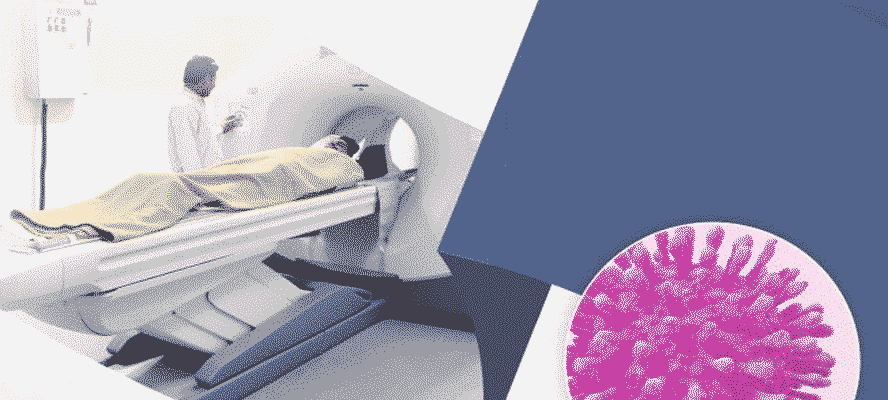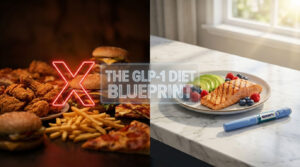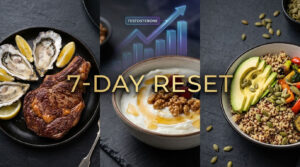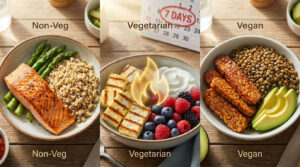Cancer Imaging using PET-CT: Genesis and Current State in India
Cancer is perhaps the most devastating word and disease known to mankind. Known from the
times of ancient Egyptians, cancer has so far eluded understanding and remains largely uncured
till this day. It leaves in its wake debilitating pain, severe physical and mental trauma, and
financial ruin – not only for those suffering from it but also for their loved ones.








